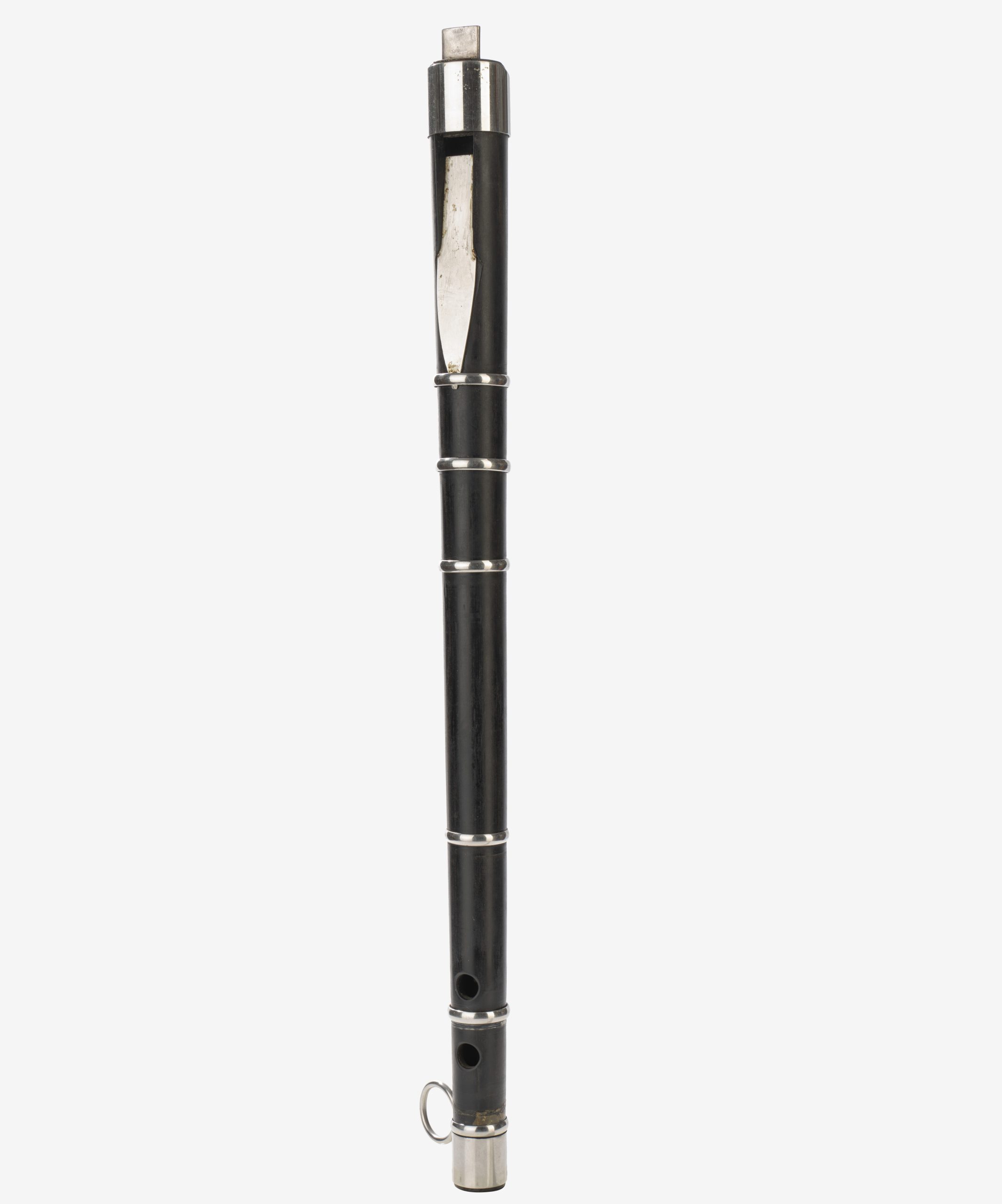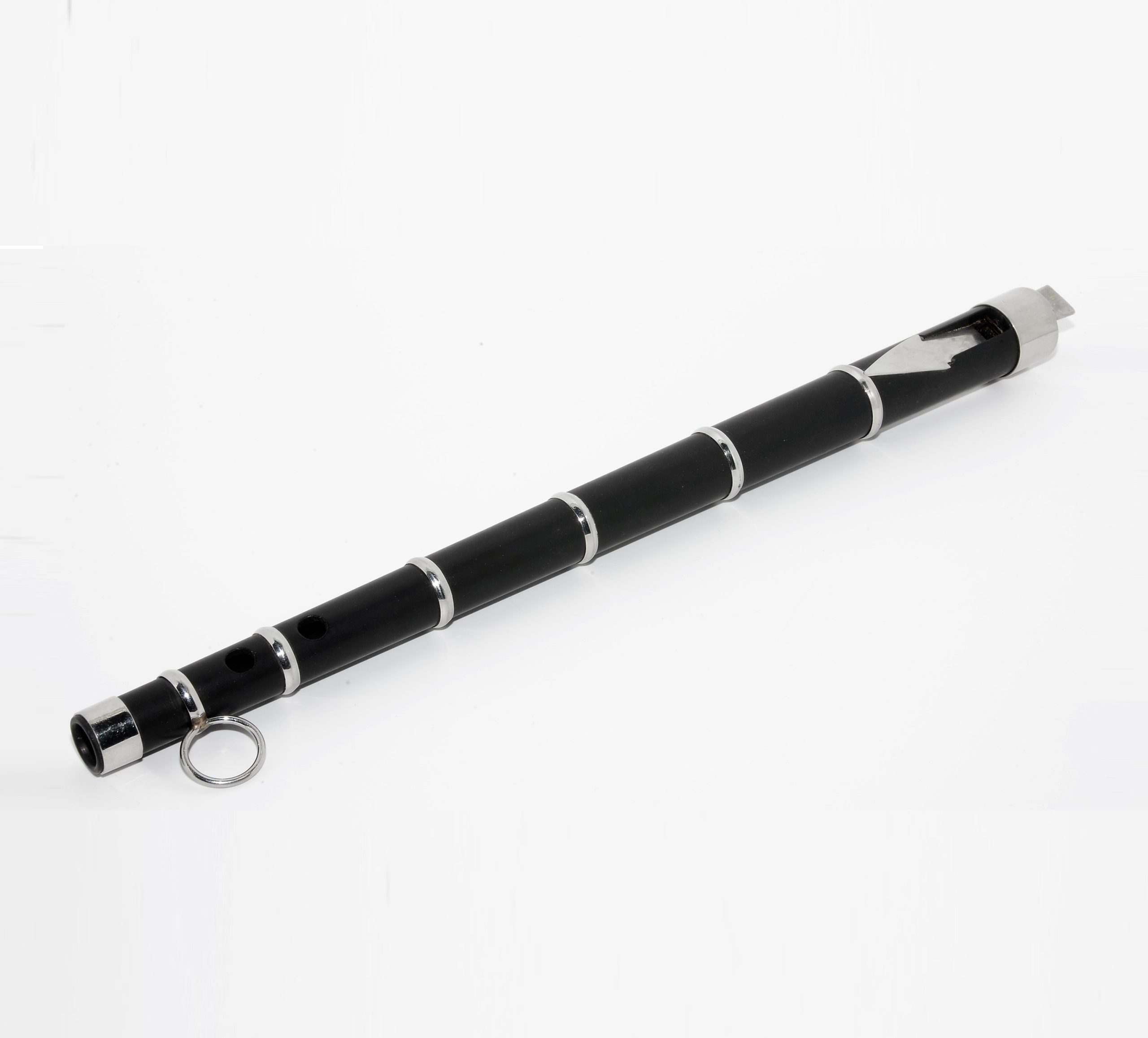Txistu
Woodwinds
Europe
Between 1001 and 1900 AD
Video
The Txistu is a traditional Basque flute with a rich cultural and historical background. It is a three-holed flute played with one hand, while the other hand is typically used to accompany it with a percussion instrument such as a tamboril (a small drum). It holds a significant place in Basque music, serving both as a folk instrument and a ceremonial tool in various celebrations and performances.
Origins and History
The origins of the Txistu can be traced back to ancient times, with similar flutes appearing in different cultures worldwide. However, the Txistu, as it is known today, has been deeply embedded in Basque culture for centuries. Historical records indicate that early forms of the Txistu existed in medieval Spain, and its presence in the Basque Country has been noted in texts dating back to the 15th century. The instrument evolved over time, with modifications in design, materials, and playing techniques. During the Renaissance period, the Txistu gained prominence and was frequently played in royal courts and religious processions. By the 18th and 19th centuries, it had become a symbol of Basque identity and cultural pride.
Construction and Design
The Txistu is traditionally made from wood, particularly boxwood, though modern versions may use other materials such as plastic or metal. The flute is relatively short, typically measuring between 30 and 45 centimeters, and has three finger holes. The sound is produced by blowing air through the mouthpiece, which directs the airflow against an edge to create vibrations.
The key elements of the Txistu’s design include:
Mouthpiece: Designed for precise airflow control.
Three Finger Holes: Allows the player to produce a range of notes by covering and uncovering the holes.
Internal Bore: Affects the timbre and resonance of the sound.
Material: Wood is the preferred material for its warm and rich tonal quality.
Playing Technique
Playing the Txistu requires skill and coordination. Since it is played with one hand, the musician must have dexterity to switch between notes quickly. The other hand is often used to play a tamboril (small drum) simultaneously, which provides rhythm and accompaniment.
The fundamental techniques include:
Breath Control: Essential for maintaining consistent tone and pitch.
Fingering: Covering and uncovering holes to produce different notes.
Rhythm Coordination: Especially important when playing with a tamboril.
Experienced players can perform intricate melodies, making the Txistu a versatile instrument for both solo performances and ensemble settings.
Cultural Significance
The Txistu is a traditional Basque flute with deep cultural significance, serving as a symbol of Basque identity and heritage. Played with one hand while the other beats a percussion instrument like a tamboril (drum), the txistu has been integral to Basque music for centuries. It has historically been used in various social and ceremonial events, from local festivals to religious processions and even official gatherings. The instrument’s association with traditional Basque dances, particularly in folk performances, highlights its role in preserving the region’s musical traditions. Over time, the txistu has also been adapted into contemporary music, ensuring its continued relevance in modern Basque culture. Its distinctive sound, simple yet expressive, carries the spirit of Basque history, making it an enduring emblem of the community’s artistic and cultural life.
Variations and Related Instruments
Several variations of the Txistu exist, each with unique characteristics:
Silbote: A larger version with a deeper sound.
Ttun-Ttun: Often played alongside the Txistu for added rhythmic depth.
Xirula: A smaller three-holed flute found in the Pyrenees region.
These related instruments contribute to the rich diversity of Basque music and traditions.
The Txistu in Modern Music
Despite its ancient roots, the Txistu continues to be relevant in the contemporary music scene. Modern composers have experimented with its capabilities, blending it with electronic music, jazz, and other innovative genres. Additionally, Txistu competitions and festivals celebrate the instrument, bringing together musicians from different backgrounds to showcase their skills and interpretations.
It is more than just a musical instrument—it is a symbol of Basque identity, tradition, and cultural continuity. Its distinct sound, unique playing technique, and deep-rooted history make it an essential part of Basque musical heritage. As musicians continue to explore its potential, the Txistu remains a cherished instrument that bridges the past and the future.
FAQ
What type of musical instrument is the Txistu?
The Txistu is a Basque three-hole flute, traditionally played with one hand while the other plays a drum. It is a woodwind instrument with a fipple mouthpiece, similar to a recorder. The instrument dates back to medieval times and is deeply rooted in Basque folk music.
How is the Txistu used in performances?
The Txistu is commonly used in traditional Basque music for dances, celebrations, and folk ceremonies. It is often played alongside a tamboril (small drum) to provide both melody and rhythm. Musicians perform it solo or in ensembles, especially during local festivals.
What styles of music feature the Txistu?
The Txistu is primarily featured in Basque folk music but is also used in contemporary and classical compositions. It accompanies traditional dances like the Aurresku and is played at cultural events. Some modern musicians have incorporated it into experimental and fusion genres.
 Links
Links
References
Other Instrument
Categories



















